Y. C. Jean, P. E. Mellon, D. M. Schrader9812381449, 9789812381446
Table of contents :
CONTENTS……Page 10
Preface……Page 6
Acknowledgments……Page 8
1.1 A new chemistry: positronium chemistry……Page 20
1.2 Existing books and articles on positron and positronium chemistry and annihilation……Page 25
Problems……Page 28
References……Page 29
Answers to problems……Page 31
2.1 Introduction……Page 36
2.2.1 Basic physics of mixed electron-positron systems……Page 37
2.2.2 The calculation of annihilation rates……Page 38
2.2.3.1 The stochastic variational method (SVM)……Page 39
2.2.3.2 The quantum Monte Carlo (QMC) method……Page 41
2.2.3.3 Other methods……Page 42
2.3.1 Polyleptons……Page 44
2.3.2 One-electron atoms……Page 46
2.3.3 Two-electron atoms (excluding He)……Page 48
2.3.4 The nonmetals……Page 49
2.3.5 The noble gases……Page 50
Acknowledgments……Page 52
References……Page 53
3.1 Introduction……Page 56
3.2.2 Radioactive sources for laboratory experiments……Page 58
3.2.4 Accelerator-based positron sources for the laboratory……Page 60
3.3.1.1 Scintillation detectors……Page 61
3.3.1.3 Multiwire proportional chambers……Page 63
3.3.2.3 Channel electron multipliers……Page 64
3.4.1 Transmission of pulses……Page 66
3.4.2.2 Amplifiers……Page 67
3.5 Lifetime spectrometry……Page 68
3.6.2 Experimental set-up……Page 71
3.6.3 Data analysis……Page 73
3.6.4 Two-detector technique……Page 74
3.8.1 One-dimensional ACAR……Page 75
3.8.2 Two-dimensional ACAR……Page 77
3.9.1 Positron moderators……Page 78
3.9.2 Laboratory-based beams……Page 80
3.9.6 MeV positron beams……Page 82
3.9.8 Positron microscopy……Page 83
Problems……Page 84
References……Page 86
Answers to Problems……Page 89
4.1 Positronium formation in condensed matter……Page 92
4.1.1 The spur model in polar solvents (Strasbourg Group) [2]……Page 93
4.1.2 The spur model in nonpolar solvents……Page 101
4.1.3 Quantitative approaches and modeling of Ps formation……Page 103
4.1.4 Positronium formation in solids……Page 105
4.2 Positron chemistry……Page 106
4.3 Positronium states in condensed matter……Page 107
4.3.1 Ps trapping in liquids: the bubble model……Page 108
4.3.2 Ps trapping in solids: the free volume model……Page 109
4.3.3 Ps states in condensed matter: the contact density parameter……Page 110
4.4 Positronium chemistry in liquids……Page 113
4.4.1 Positronium reactions……Page 114
4.4.2 Fundamentals of positronium kinetics……Page 119
4.5.1 Stability constants……Page 123
4.5.2 Polyelectrolyte solutions……Page 125
4.5.3 PAT applications to primary radiolysis processes……Page 126
4.5.4 PAT applications to phase transitions……Page 127
4.5.5 PAT applications to defect formation in solids……Page 128
4.5.6 Spin cross-over in solid metal complexes……Page 130
References……Page 131
5.2.1 Ionization slowing down……Page 136
5.2.2 Thermalization stage……Page 140
5.2.3 Interaction between the positron and its blob……Page 141
5.3.2 Quasi-free Ps state……Page 142
5.3.3 Disappearance of the Ore gap……Page 146
5.4.1 The spur model……Page 148
5.4.2 The blob model……Page 150
5.4.3 “Elementary act” of the Ps formation……Page 151
5.4.4 Role of localized states of electrons and positron……Page 152
5.5.1 Reactions of hot electrons and positrons……Page 153
5.5.2 Diffusion-recombination stage……Page 157
5.6.1 Calculation of Ps, H2 and hydrated electron yields……Page 159
5.7 Conclusion……Page 162
5.8 Problems……Page 164
References……Page 166
Answers to the problems……Page 168
6.2 Overview of positron scattering……Page 170
6.3.1 The primitive annihilation event……Page 172
6.3.2 The response of the target……Page 173
6.3.2.1 Direct annihilation……Page 174
6.3.2.2 Resonant annihilation……Page 175
6.3.3 Annihilation on specific molecular sites……Page 178
6.3.4 Relaxation after annihilation……Page 179
6.4.1 Observation of bound states by resonant capture……Page 181
6.4.2 Observation of bound states by dissociative attachment……Page 182
Acknowledgments……Page 183
References……Page 184
7.1 Introduction……Page 186
7.2 Open versus closed porosity……Page 188
7.2.1 Detector count rates……Page 189
7.2.3 Positronium lifetime……Page 190
7.3 Pore connectivity……Page 191
7.3.1 The concept of the 3-to-2 photon ratio technique……Page 192
7.3.2 Positronium range—depth profiles……Page 193
7.3.3 Data and results……Page 195
7.3.4 Analysis……Page 196
7.3.5 Skin layers and buried open porosity……Page 198
7.4.1 All materials are not equal……Page 199
7.4.2 Chemistry……Page 200
7.4.4 Metallic impurities……Page 201
7.5 Pore size distributions……Page 203
7.5.1 Pore sizes determine lifetimes……Page 204
7.5.3 Raw data……Page 205
7.5.5 Average lifetimes—mean pore dimensions……Page 207
7.5.6 Average lifetimes and 3-to-2 photon ratio……Page 208
7.5.7 Full analysis—Pore size distributions……Page 210
7.5.8 From, lifetimes to pore sizes……Page 214
7.5.9 Porosity……Page 215
7.5.10 Bimodal or not bimodal—critical comments……Page 217
7.6.1 High sensitivity Doppler broadening……Page 221
7.6.2 Angular correlation measurements……Page 222
7.7 Inline diagnostics with positronium……Page 223
References……Page 225
8.1 Introduction……Page 230
8.2 Positron annihilation in superconductors……Page 232
8.3 Temperature variation of positron annihilation characteristics in HTSC……Page 233
8.3.1 Positron distribution and the electron-positron overlap……Page 237
8.3.2 Studies on other high-temperature superconductors……Page 239
8.4 Defects in HTSC……Page 241
8.5 Fermi surface studies……Page 244
8.6.1 Fullerenes……Page 246
8.6.2 Borocarbides……Page 247
References……Page 249
9.1 Introduction……Page 254
9.2 Amorphous Si……Page 255
9.3 Porous Si……Page 258
9.4.1 Thermally grown Si02 on Si……Page 259
9.4.2 Detection of defects in amorphous S1O2……Page 262
9.5 Porous Si02……Page 265
References……Page 268
10.1 Introduction……Page 272
10.1.1 Free volume in polymers……Page 273
10.2 Theoretical aspects……Page 275
10.2.1 Data analysis of PAL spectra in polymer……Page 277
10.2.2 Free volume fractions……Page 278
10.3.1 Phase transition phenomena in polymers……Page 279
10.3.2 Studies in thermoplastics……Page 283
10.3.2.1 Studies in semi-crystalline thermoplastics……Page 284
10.3.2.2 The influence of other structural properties on PAL measurement……Page 286
10.3.3.1 Gas permeation……Page 287
10.3.5 Polymer blends……Page 290
10.4.1 Exposure to the positron source……Page 291
10.4.2 Inhibition and quenching……Page 294
References……Page 296
11.1 Introduction……Page 300
11.1.1 Depth profiles in polymeric materials……Page 303
11.1.2 Positron and positronium dynamics near the surface……Page 304
11.1.3 Chemical composition and the S parameter……Page 309
11.2.1 Depth profile of coatings……Page 310
11.2.2 Exposure to UV and degradation of coatings……Page 312
11.2.3 Durability of commercial coatings and paints……Page 314
11.3.1 ESR……Page 318
11.3.2 Cross-link density……Page 319
11.3.4 Surface roughness……Page 321
11.3.5 Mechanical loading……Page 322
Acknowledgment……Page 323
References……Page 324
12.1 Introduction……Page 328
12.2 PAES Mechanism……Page 329
12.3 Theory……Page 332
12.4 Catalog of PAES spectra of sleeted elements……Page 337
12.5 Applications of PAES……Page 338
References……Page 345
13.1 Nanoparticle materials……Page 348
13.1.1 Vacancy clusters on the surface of gold nanoparticles embedded in MgO……Page 349
13.1.2 Optical properties affected by surface vacancies……Page 352
13.1.3 Quantum dot—anti dot coupling……Page 354
13.2 Nanopore materials—Ultra-low k……Page 356
13.2.1 Ps out diffusion—interconnectivity of pores……Page 358
13.2.2 Positronium lifetime spectroscopy……Page 361
13.2.3 Dependence on molecular weight of porogen……Page 364
Acknowledgments……Page 365
References……Page 366
14.1 Introduction……Page 368
14.2.1 AMOC relief and lineshape function……Page 369
14.2.2 Analysis ofAMOC data……Page 371
14.2.3 Analysis of the young age broadening of positronium……Page 373
14.3 Time domain observations in positron and Ps chemistry……Page 374
14.3.1 Chemical reactions of positrons……Page 376
14.3.2 The model……Page 378
14.3.3 Influence of the halide ion size……Page 379
14.3.5 Reaction rates……Page 380
14.4 Observation of positronium slowing down……Page 381
14.5. Evidence for the existence of two kinds of o-Ps in condensed rare gases……Page 384
References……Page 386
Problem……Page 389
Answer to problem……Page 390
Appendix: Free-volume Data in Polymeric Materials (R.T.)……Page 392
References……Page 407
Index……Page 416
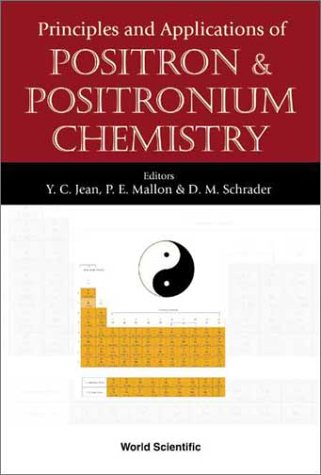
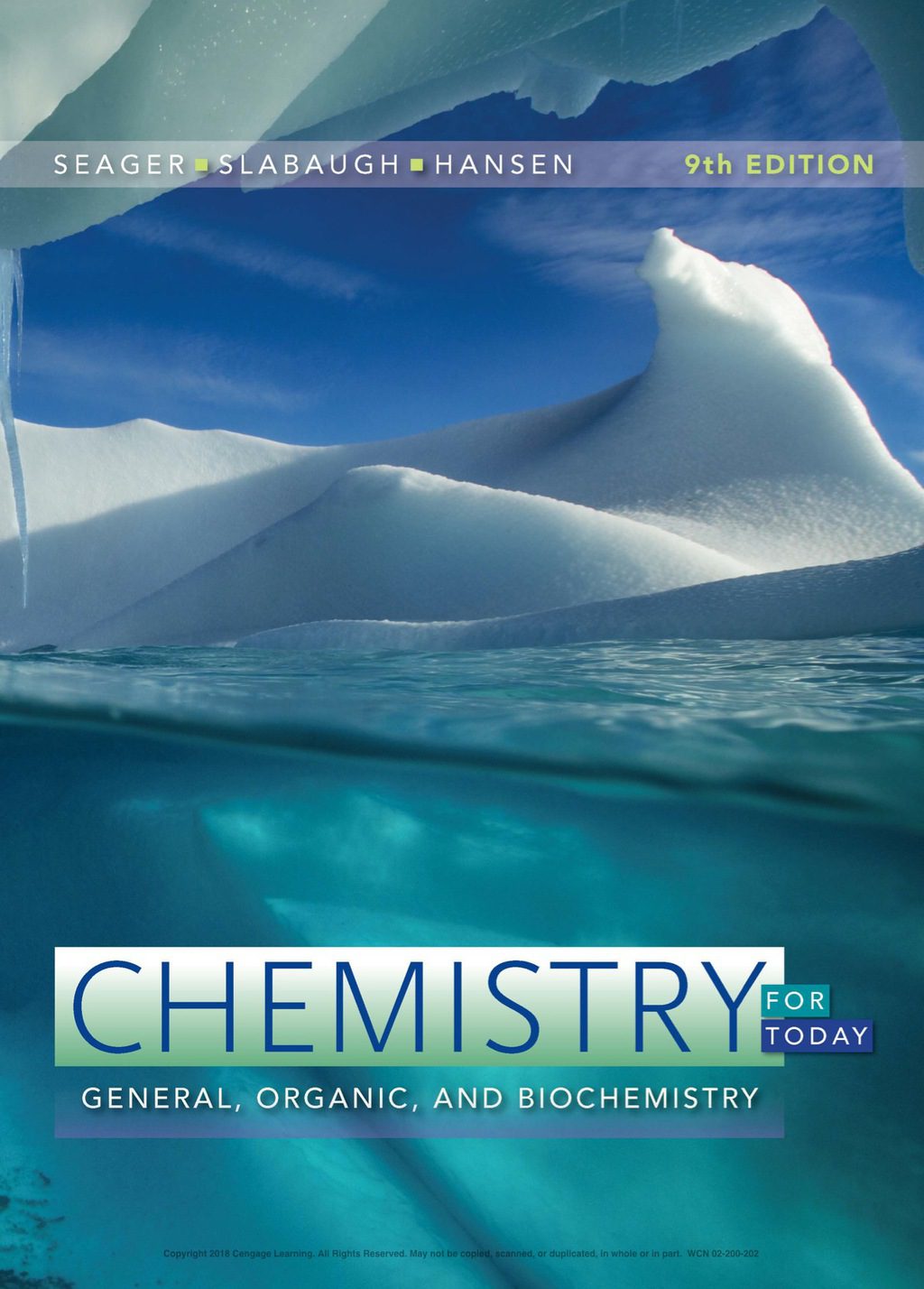

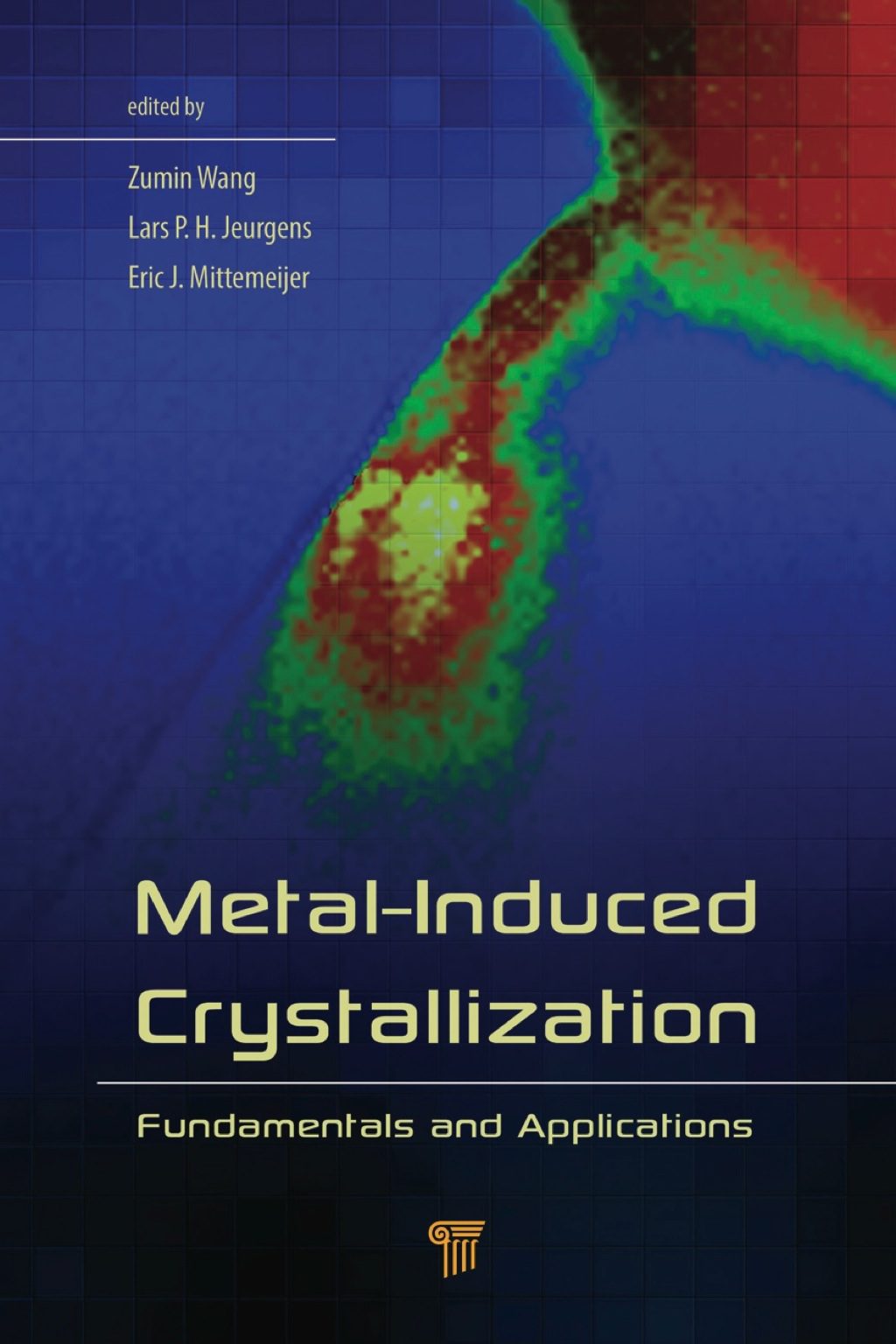
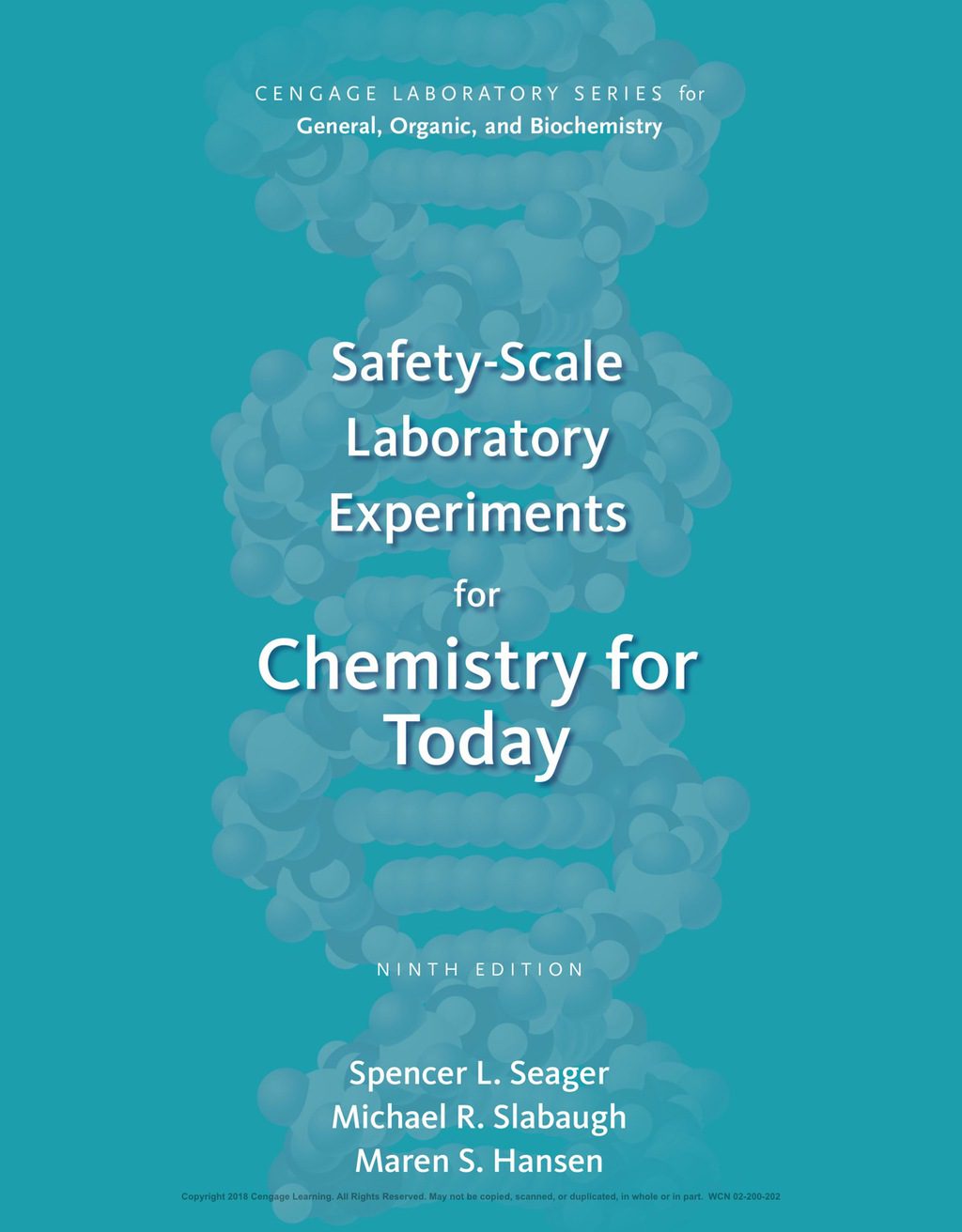
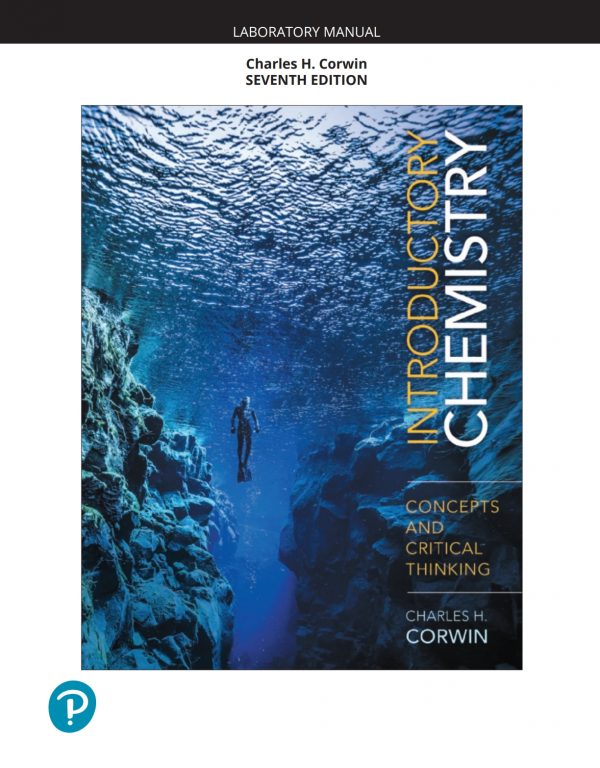
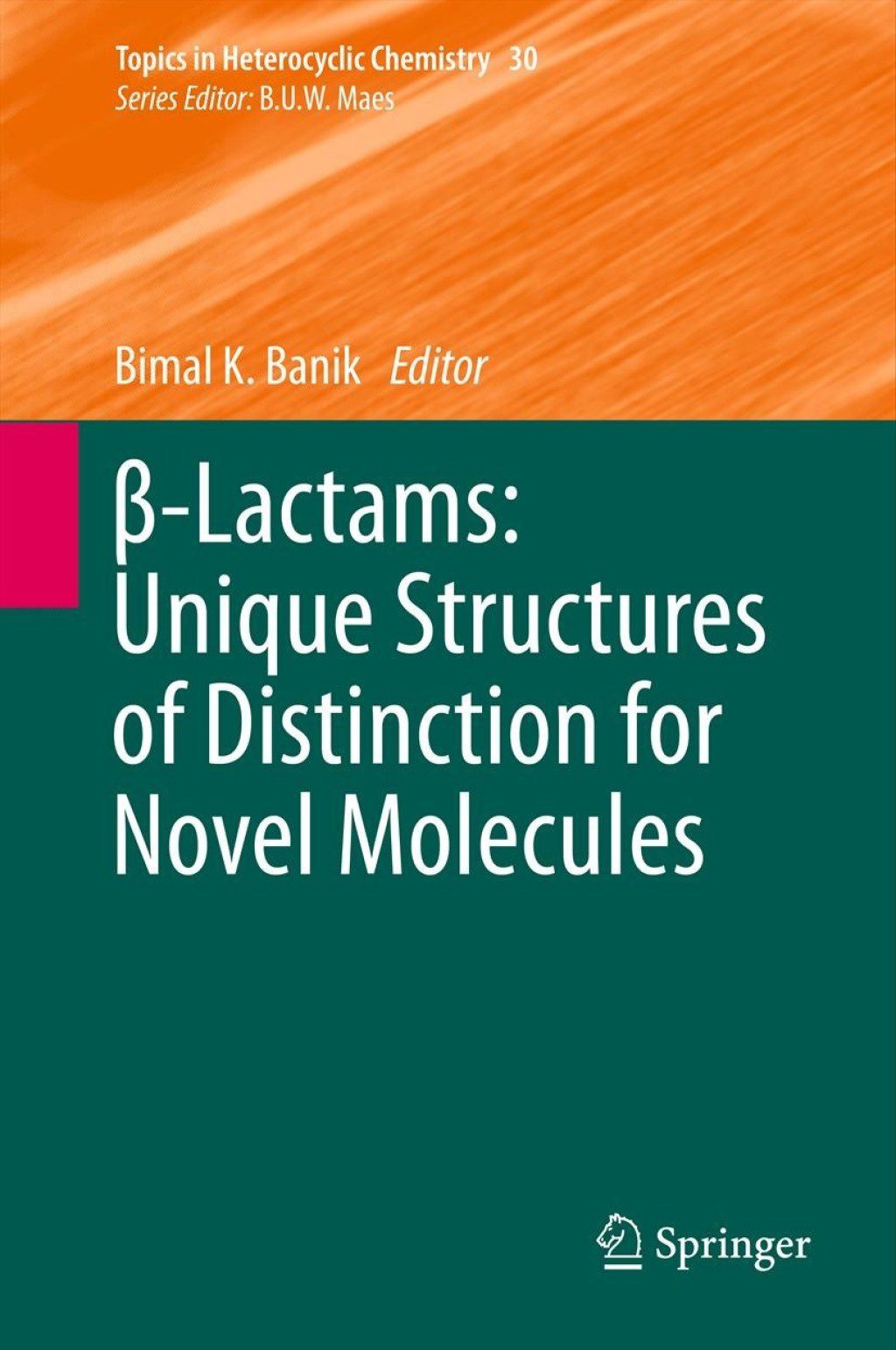
Reviews
There are no reviews yet.